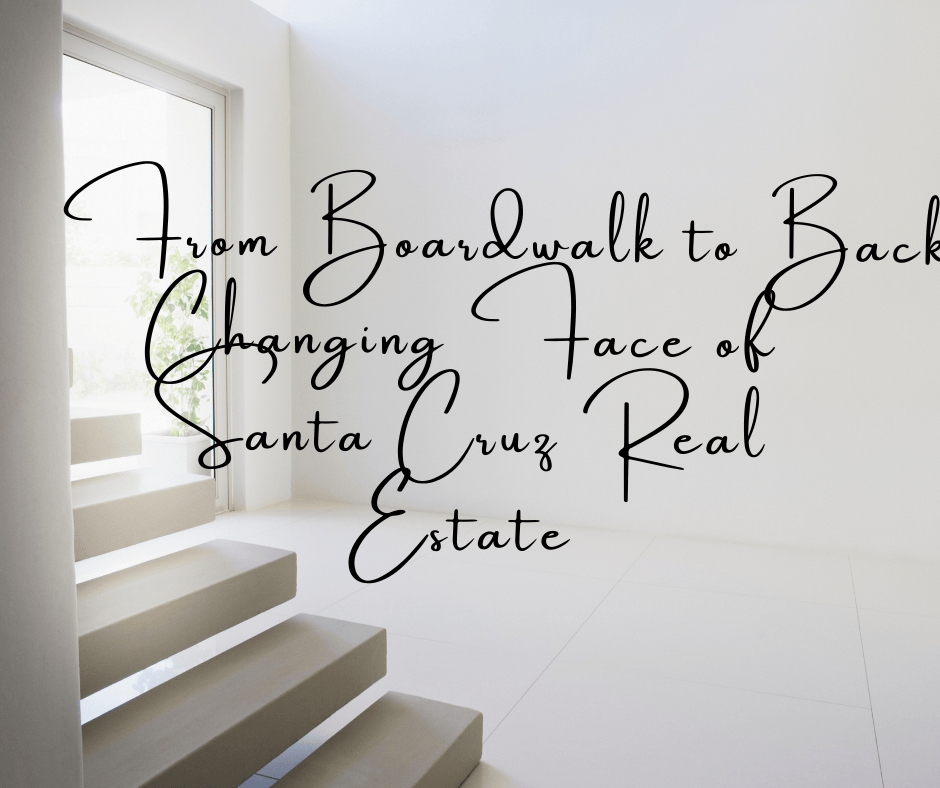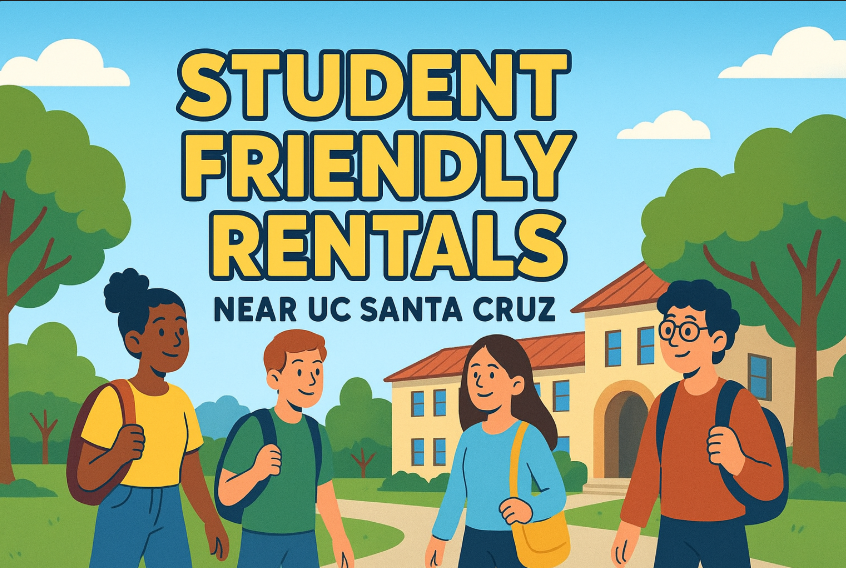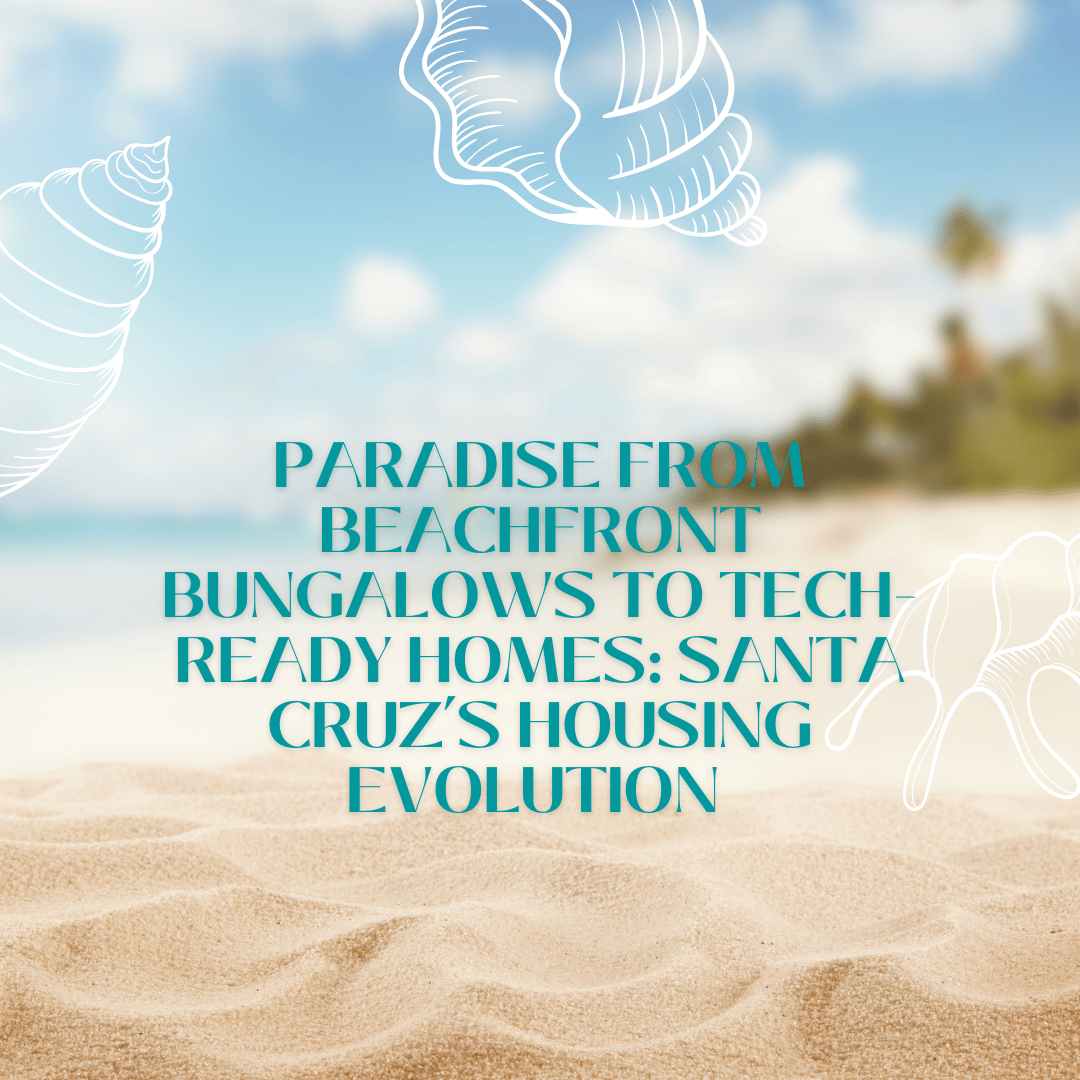Introduction: Why San Francisco?
San Francisco has long been a magnet for ambitious professionals particularly those in tech, creative industries, and startups. Yet, sky high housing prices, fierce competition for rentals, and limited square footage make traditional living formats increasingly impractical for many.
Enter co living, a modern communal housing model that combines affordability, flexibility, and fostered community. In 2025, co living has emerged not just as a novelty but as an influential force reshaping how young professionals, creatives, and digital nomads move into, and thrive in, the City by the Bay.
What Is Co Living?
Co-living refers to thoughtfully designed, shared residential settings where individuals have private bedrooms usually furnished but share communal spaces such as kitchens, lounges, coworking areas, and social amenities.
These setups often bundle utilities, cleaning services, and events into one transparent monthly fee, offering flexibility and built in community.
Why San Francisco Is Perfect for Co Living.
Several structural factors make San Francisco ideal for co living’s growth:
- Cost Pressure and Housing Scarcity:– With typical rent for a one bedroom hovering above $3,000 per month, many seek alternatives to conventional rentals.
- Dense Talent Nodes:– The city is home to countless startups, tech firms, and innovation hubs.
- Community Culture:– San Francisco’s history of cooperative living from communes of the ’60s to artist lofts.
Notable Co Living Spaces in San Francisco, 2025.
Urbanest :
Positioned in downtown corridors, Urbanest has converted select properties into compact, high design “communal hacker houses”. Private furnished rooms start around $1,000 per month, making it an accessible option for tech professionals in need of proximity and low overhead.
Neighbourhood :
Operating in the Mission District and North of the Panhandle, Neighbourhood emphasizes communal life featuring shared lounges, on site cafes, and curated community events. Their long term plan includes expanding to hundreds or even thousands of units, emphasizing community first design and intentional programming.
Brownstone Shared Housing :
Brownstone offers “pod” style sleeping units in Mint Plaza, with rents near $700 per month. This high density, extremely budget friendly option is controversial but indicative of co living’s reach among the city’s younger or entry level workers.
Common Valencia, Starcity, Roam :
These brands deliver sleek, amenity rich co living projects. Residents enjoy private bedrooms and shared spaces like rooftops, lounges, culinary areas, and on site gyms. They attract professionals who want upscale surroundings blended with social living.
HackerHome, WeLive, The Collective, Vybe Living :
These organizations focus on work life synergy. They often include co working spaces, pitch nights, group dinners, and personal development sessions along with living quarters. Perfect for freelancers, remote workers, and entrepreneurs looking for community interaction.
Other Unique Models:
- Outpost Club : Appeals to remote professionals who travel frequently offering flexibility via co living memberships across locations.
- Japantown House : A culturally themed house with shared meals, art activities, and workshops, fostering heritage based community.
- Bungalow, Tribe, Excelsior House : Offer conversions of historic homes, providing boutique style shared living with social programming focused around collective creativity or wellness.
Pros and Cons of Co Living.
Pros :
- Affordability : By sharing rent, utilities, and amenities, co living often costs significantly less than traditional rentals.
- Built in Community : Especially valuable to professionals new to the city or newly relocated there’s instant access to social networks and support.
- Flexibility & Convenience : Many co living arrangements include furnished rooms, no lease or shorter lease options, and utility bundles.
- Amenities Galore : Shared kitchens, lounges, cleaning, Wi-Fi, and organized events often come included, reducing daily life friction.
Cons :
- Privacy Limitations : Despite private rooms, you often share walls, floors, and common areas quiet, uninterrupted space can be scarce.
- Compatibility Risk : Living with peers requires shared values and respect; interpersonal conflicts can arise without good management.
- Regulatory Uncertainty : The model exists in a grey zone for local housing codes. Some providers face fines or pushback from regulators for converting homes into communal pods without proper zoning.
- Shared Maintenance : Reliance on management or roommates for tasks like kitchen upkeep can sometimes lead to frustrating dynamics.
The 2025 Trend: Why Co Living Is Gaining Ground.
Several contextual drivers fuel co living’s momentum in San Francisco:
- Economic Reality : With homeownership still distant for many, co living offers a lifestyle and cost model that isn’t an economic stretch.
- Hybrid Work Flexibility : Remote and hybrid schedules mean more people need occasional co working friendly living not just a place to sleep.
- Tech Sector Momentum : Tech and startups still power much of SF’s economy, a workforce that values flexible, efficient housing near innovation hubs.
- Adaptive Reuse Opportunity : As the city recovers, vacant hotels or offices get converted faster than new construction would allow feeding co living supply.
- Wellness & Friendship : Post pandemic priorities include social connection, mental health, and accessible communities co living answers that.
The Future of Co Living in San Francisco.
Looking forward, co living may mainstream if regulatory frameworks evolve and investors place more trust in communal housing:
- Scaling with Strategy : Operators are aiming for hundreds or thousands of units, indicating major capital has entered the market.
- Regulation and Design Codes : Expect more conversation around shared housing guidelines, especially in tight zoning areas. Adaptations in building and fire codes may help legitimize co living.
- Diversification of Models : We’ll likely see combinations of co living with senior housing, student housing, or mixed income residences all centered on shared design and service.
- Sustainability Badge : Organizations that prioritize eco building, energy efficiency, and minimal footprint may gain favor with city planners and residents alike.
Conclusion
Co living in San Francisco in 2025 is more than a trend; it’s a pragmatic evolution in urban living. With affordability, flexibility, community, and access all bundled into one, it responds directly to the pressures the city’s housing ecosystem presents. While community living isn’t for every personality, its popularity reveals much about how today’s young professionals and creatives are carving meaningful, affordable lifestyles in the face of soaring housing costs.
Expand your understanding with the sources below:
The Rise of Co-living Spaces in San Francisco- https://www.bancalsf.com/the-rise-of-co-living-spaces-in-san-francisco
Coliving Chronicles: San Francisco’s Shift Towards Shared Spaces- https://www.hivecolivingsf.com/blog/coliving-sf-shared-spaces
The Rising Trend of Co-Living Spaces- https://www.coworkingresources.org/blog/coliving-spaces







Leave a Reply